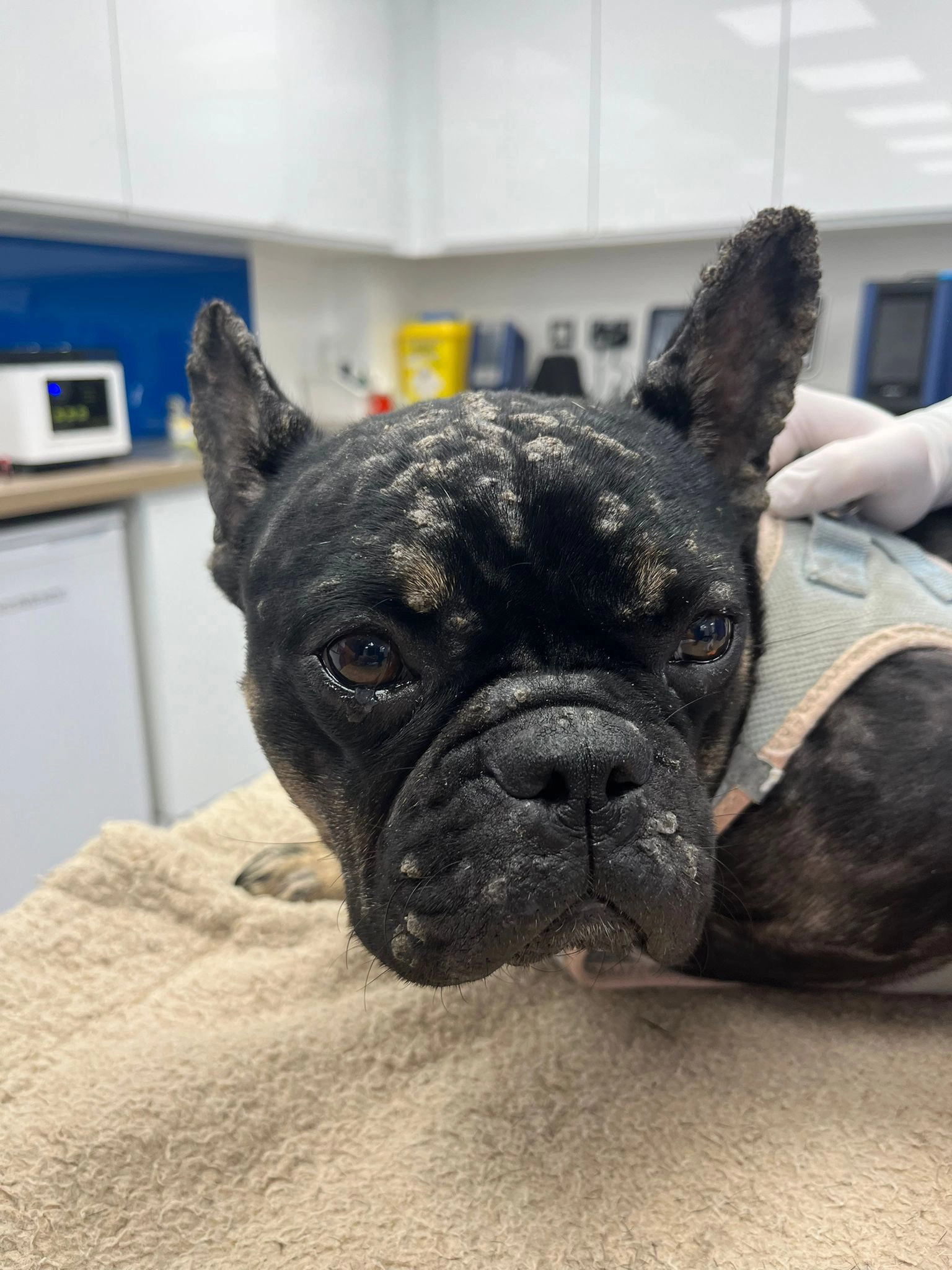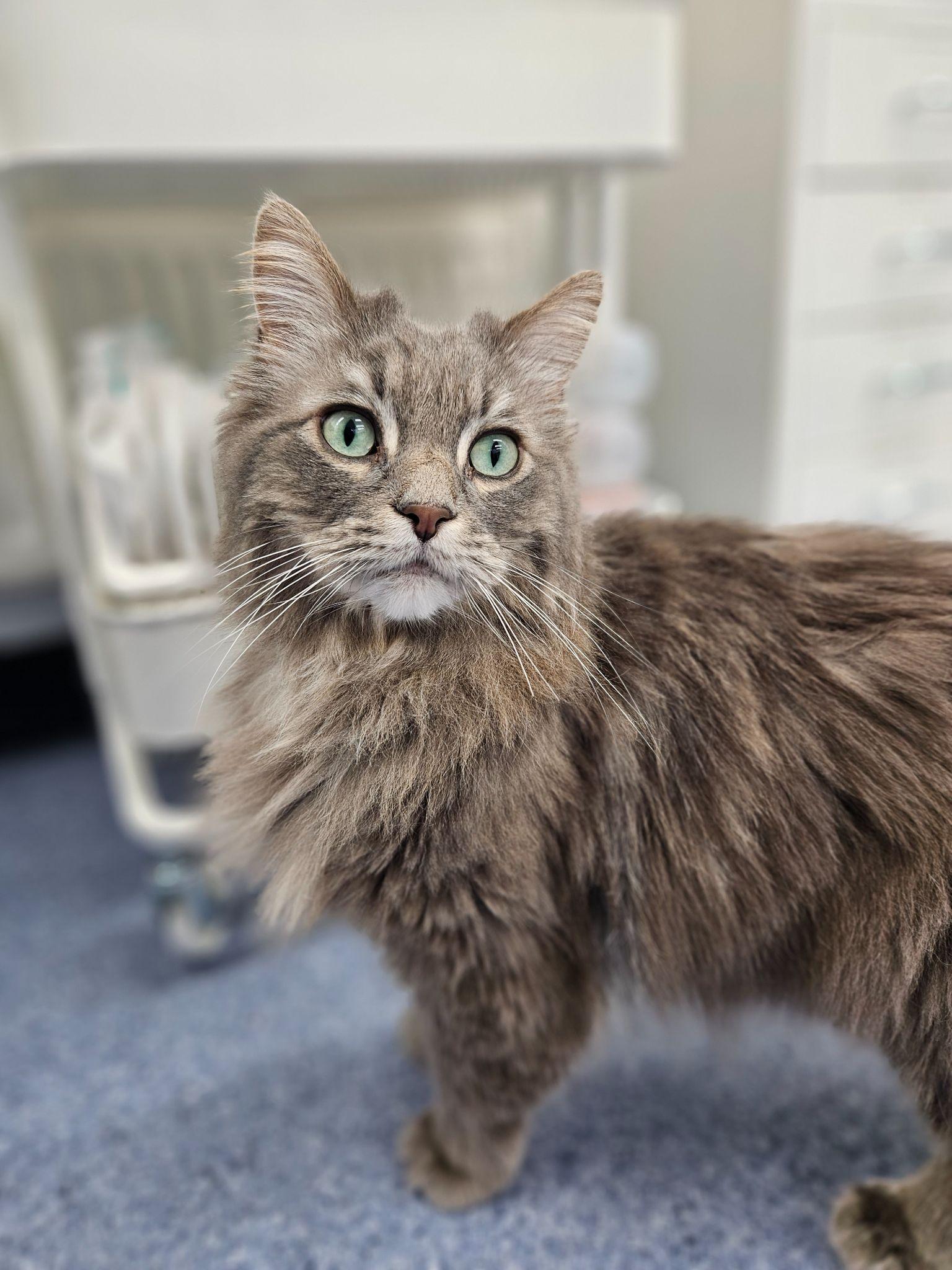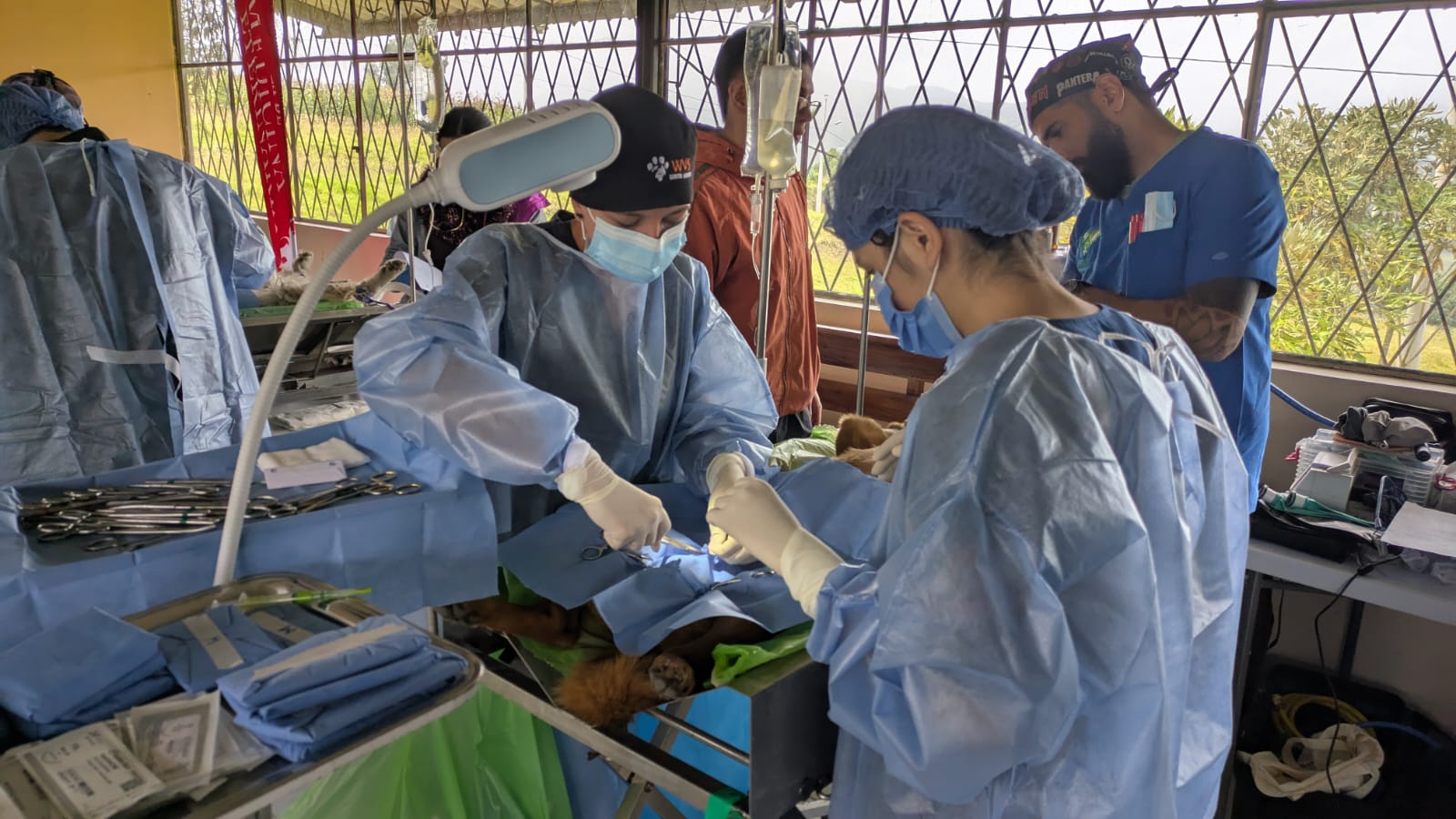If it wasn’t pets that helped us through the last two years, it’s been plants; whether garden or house, many homes in Ireland are certainly a lot greener. But for those houses with plants and pets, have you given any thought as to how they might co-exist? You certainly won’t wake up in the middle of the night to find your plant attacking your cat, but a curious dog might be inclined to give that same plant a lick or a bite… Suddenly you’re dealing with an upset stomach or, worse again, organ failure. We’re here today to go through the five most common houseplants in Ireland and the effects they have on your pet should they be ingested.
1. Philodendron (Panda Plant)
A common sight in many homes across the country (my Mother has three), Philodendron is actually toxic to cats, dogs and horses. When ingested, Philodendron can cause stomach irritation, swelling and difficulty swallowing. If these effects show no signs of calming thirty minutes after ingestion, phone your Vet immediately and describe your pet’s symptoms to them. Philodendron is certainly not the most harmful on our list, but is common enough to warrant its inclusion.

2. Jade Plant (Money Plant)
Ah, the Money Plant… Every home in Ireland has one for some reason, whether it’s due to a famous Late Late Show interview or some weird fad from the late nineties. While it’s believed to bring fortune to those with large, well looked after specimens in their homes, it can spell misfortune for cats and dogs. Aside from the usual irritations, ingesting a jade plant can literally cause depression in pets. Remove dead leaves quickly and make sure you keep it out of reach.

3. Sansevieria laurentii (Mother-In-Law’s Tongue)
Succulents are great, aren’t they? Basically indestructible, most succulents will take a lot of neglecting before they even think of shrivelling up and dying. Unfortunately, many succulents can be toxic to cats and dogs, causing vomiting and diarrhoea in unsuspecting pets. Symptoms can range from mild to severe and, if left untreated, can spiral into organ failure and, in extreme cases, death. Keep succulents (and pets) safe by putting them in places that are hard to reach.

4. Chinese Evergreen
I think my Mother’s trying to tell me something, because every plant on this list she’s bought in bulk… The Chinese Evergreen is a beautiful and decorative addition to any home, but can cause many of the same symptoms seen here on this list in cats and dogs. Ingesting this plant can actually cause severe dehydration in pets as they will develop diarrhoea and begin to drool excessively. This can require an IV drip in severe cases and shouldn’t be ignored.

5. Aloe Vera
An absolute gem of a plant, the gel within Aloe’s blades can be used as a burn cream, hand cream, wound cream, engine degreaser, shampoo, conditioner and shaving cream. Thankfully, Aloe’s gel is considered edible by most Vets, however it’s the blades themselves that can cause stomach irritations, diarrhorea, vomiting and lethargy in both cats and dogs. Symptoms can pass on their own, but if you’re unsure of anything, and not just for Aloe Vera, you can always call your trusted Vet for advice.

With the above information in your already jam-packed arsenal of knowledge, you should be more than able to deal with any houseplant-related disasters. While there are plenty of cures for poisonings, there’s just no cure for a cat that has it out for a pot in particular; the only thing we can suggest is to use plastic instead of clay.
For now pet fans, we say farewell!




